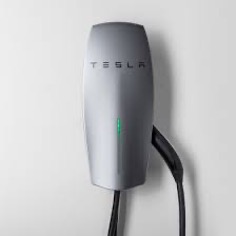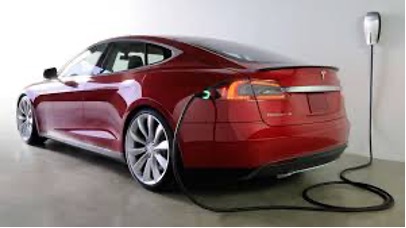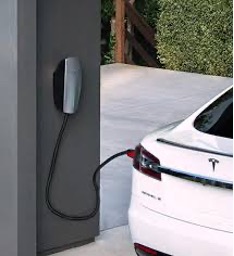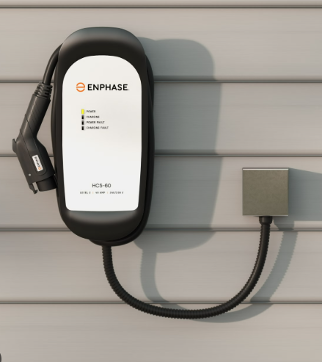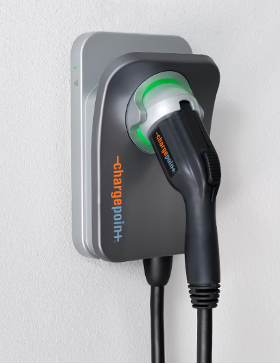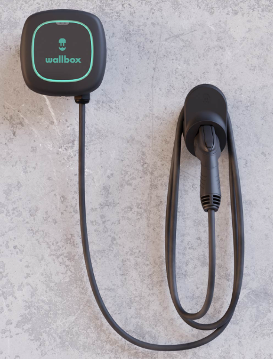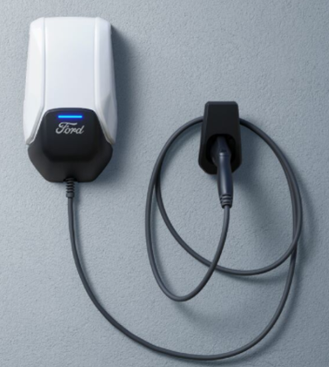Planning for a Tesla Home Charger Installation
Home Tesla Professional EV Installation Services by RF Electric
Although wiring for all EV Chargers is similar, conditions vary greatly from house to house. So, there are many factors to consider when planning a charger installation, such as whether the electrical service panel has circuit breaker space for the EV circuit. Is the electric service to the house large enough for the added load of the EV? Where is the Electrical Panel relative to where the EV will be parked? Therefore, customers should use only a qualified electrical contractor familiar with EV installations.
RF-Electric has been installing wiring for EV chargers for many years. We know just what questions to ask to provide a detailed installation plan and proposal for your job. You can find more information about home charging and see many photos of our installations in the Mobile Connector & Wall Connector section of our website.
Types of Home Tesla EV Chargers
There are two methods of home charging a Tesla Electric Vehicle: level-1 & level-2. Each is listed below.
Level-1 Home Charging uses a Plug-in mobile-type charger fitted with a 120-volt adaptor. Although this method does not require a special circuit, it is not a viable option for everyday charging since it only provides a recharge rate of about 2 to 4 miles of range per hour, depending on the EV type. It can be used for drivers with very short driving needs or as a temporary charging method until a level-2 charging system is installed.
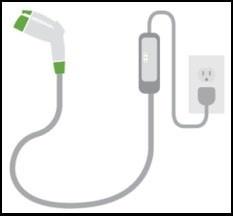

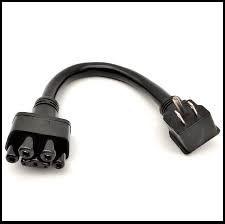
Level-2 Home Charging provides a much higher charge rate than Level-1. This method requires a Dedicated 240-volt circuit usually run directly from the Electric Service Panel. Level-2 charging can be provided by either a Plug-in or hard-wired wall connector as described below.
-
- A Plug-in type Mobile Connector fitted with a 240-volt adaptor will provide level-2 charging up to 7.7-kw. The charger must be plugged into a 240-volt high-power GFI-protected receptacle, usually fed from the Main Service Panel. In most cases, Plug-in type mobile connectors are not eligible for utility rebates or off-peak charging credits, so a hard-wired wall connector is generally a better option.
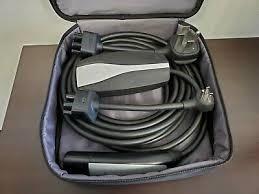
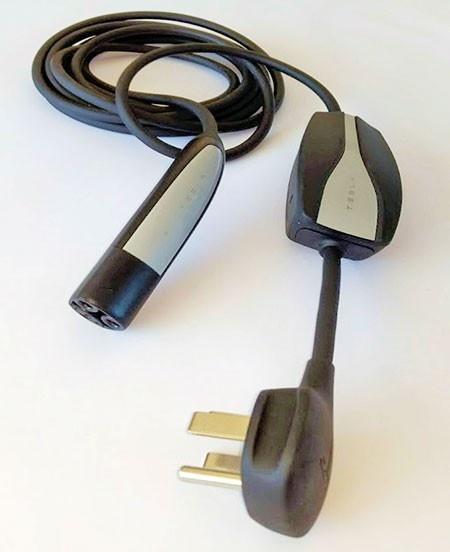
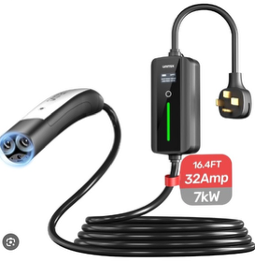
-
- A Plug-in type Wall Connector will provide level-2 charging up to 9.6-kw. The charger must be plugged into a 50-amp / 240-volt high-power GFI-protected receptacle, usually fed from the Main Service Panel. In most cases, these types of Plug-in Wall-Connectors are eligible for utility rebates and off-peak charging credits. However, we recommend checking your utility company's list of approved chargers.
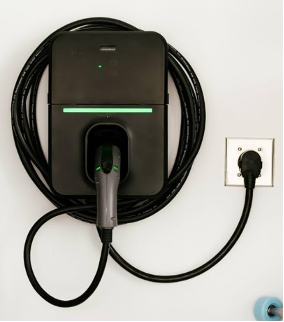
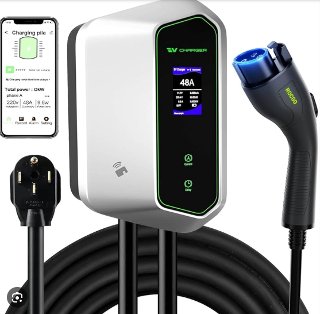

- Hard-wired type Wall Connectors provide the fastest level-2 charging available. These chargers are hard-wired to a 60-amp / 240-volt high-power circuit, fed from the Main Service Panel. A typical Wall-Connector installation will charge at 11.5-kw, which is the maximum recharge rate for most Electric Vehicles. However, some Electric Vehicles, such as the Ford Lightning, can charge at a higher rate when set up with a special high-capacity charger.
